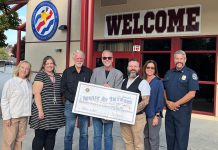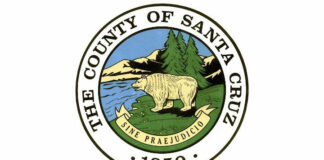“In every deliberation, we must consider the impact on the seventh generation.” — Great Law of the Iroquois
The Five Nations of Iroquois that occupied what is now upstate New York held that every undertaking, whether clearing land for crops or felling trees for longhouses, had to take into consideration the well-being of the next seven generations. In other words, sustainability was central to their core beliefs.
While we feel warm and fuzzy every time we buy 100 percent recycled toilet paper or take the bus instead of driving over the hill (both helpful, of course), the Iroquois knew that sustainable living was, by its very definition, the key to their survival. (They couldn’t have foreseen the influx of Europeans and other foreigners, who were fleeing an unsustainable life of their own making.)
Living out of balance meant compromising the future of their children and the future of their children’s children, and so on. What they used came mostly from their immediate surroundings, with some limited trade, which meant they could witness the ripple effects of their every move — unlike the gargantuan but largely unnoticed footprint of the average American consumer.
But the concept of endless frontier that has shaped much of our nation’s policy is wearing thin as world population nears 7 billion, energy becomes more difficult to secure and natural resources in general go into decline.
Living sustainably doesn’t have to mean going back to a miserable existence. In fact, tearing ourselves away from mindless consumption and paying more attention to the real and lasting impacts of our everyday decisions can prove both enlightening and empowering.
So, what does it mean to live sustainably in today’s world? That’s not an easy question to answer and will mean different things to different people.
Generally, it’s about becoming more conscious of how we live, including what we use, where it comes from, how its production or procurement impacts others and whether it’s being used faster than it can be replenished. And while it can seem overwhelming, we can start with baby steps and begin at home: Plant a vegetable garden, compost kitchen scraps, set up a drip irrigation system or install solar panels.
Truly dynamic things happen when we work together as neighbors, things we can’t do on our own. Things like carpools, community gardens, time banking and other endeavors that can strengthen our community in a time of economic and ecological distress.
Transition San Lorenzo Valley, for example, is working on ways to make our region more resilient to energy depletion and more sustainable in general. To learn more and to meet members, go to the next potluck at the Felton Covered Bridge Park, from noon to 2 p.m. Oct. 10. Or check out Transition SLV online at www.transitionslv.org.
New Earth Exchange (www.newearthexchange.com) is about to launch a countywide credit-currency initiative based on the hugely successful GoLocal Sonoma program, which operates much like a “rewards” program for local businesses and residents. Valley residents can hear GoLocal Sonoma president Derek Huntington speak at 6:30 p.m. Oct. 12 at Louden Nelson Community Center, 301 Center St.
Each month, this column will explore the challenges and opportunities related to living more sustainably in San Lorenzo Valley and the world as a whole. We’ll look at local sustainability initiatives; look back at our region’s history for cues; take stock of our current situation; discuss do-it-yourself projects; explore new ideas; and try to have some fun along the way.
What do we want life in San Lorenzo Valley to be like seven generations from now?
Steve Tanner is a writer and journalist living in Ben Lomond with his wife, young daughter, dog and four hens. He is on the steering committee for Transition San Lorenzo Valley, a local nonprofit committed to creating a more sustainable and resilient community.












